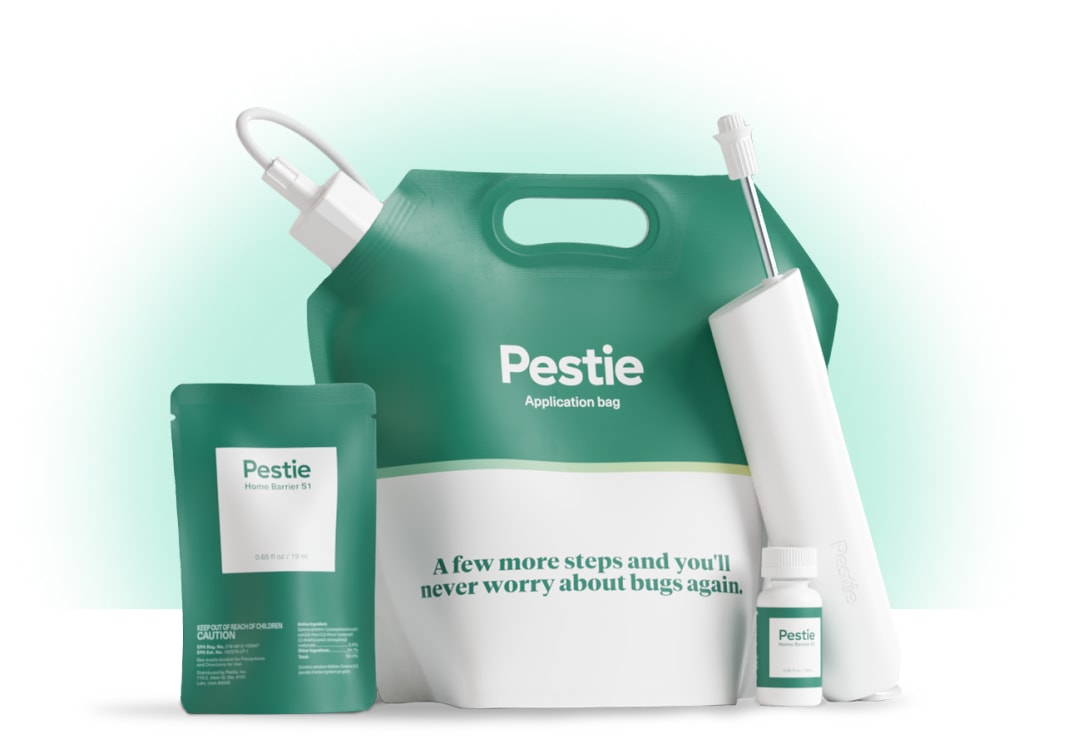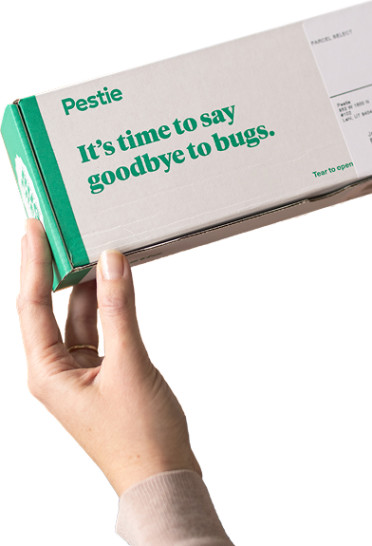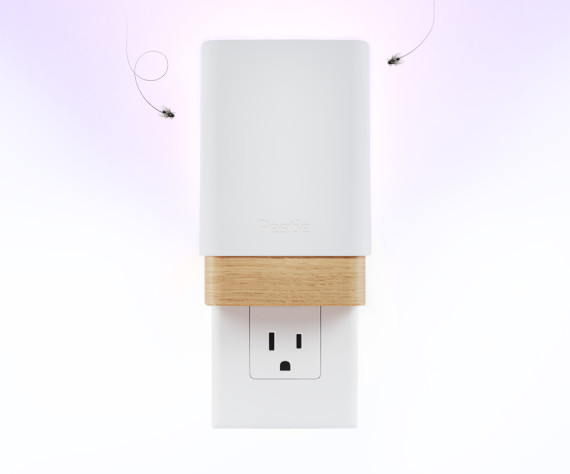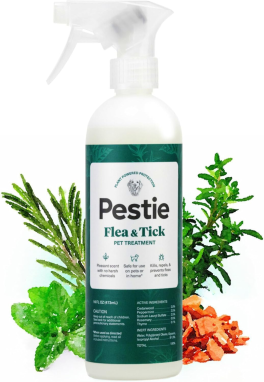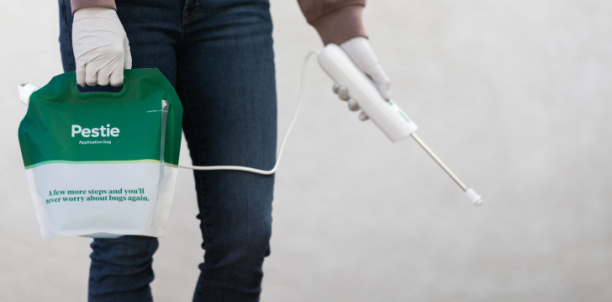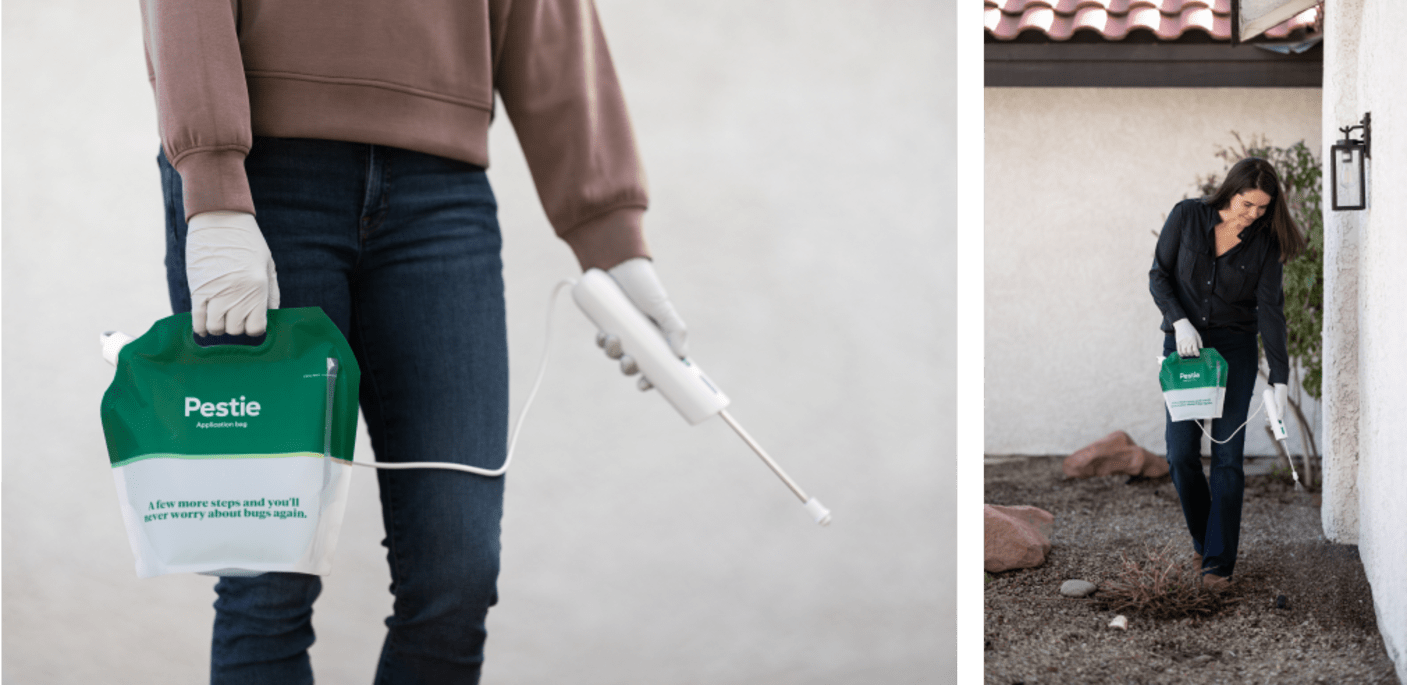How to identify and get rid of mayflies
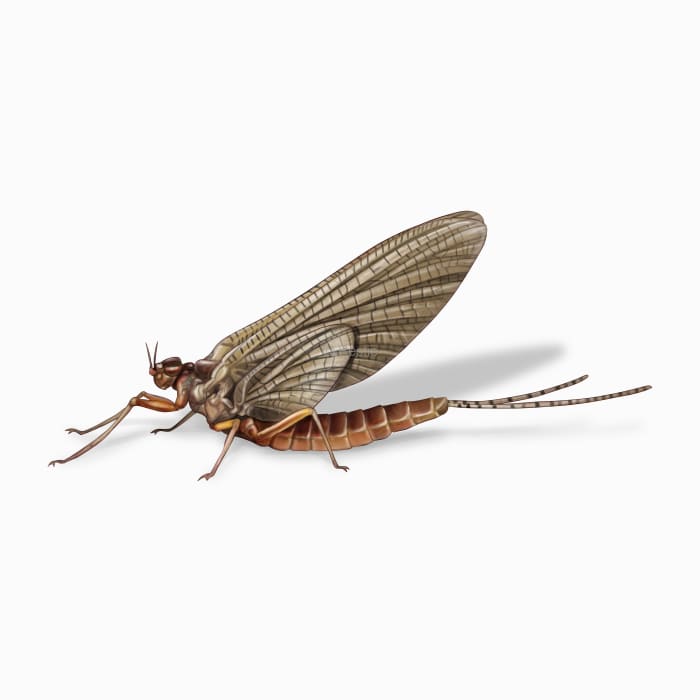
A brief but busy life
If you live along the Mississippi River, you might have experienced the extraordinary event of a mayfly hatch. Mayflies are aquatic insects that live in streams and rivers as nymphs, and some species emerge as adults all at once.
This massive emergence can result in millions of adult mayflies swarming around towns, searching for a possible mate. That’s their main objective, as they don’t have any mouthparts for food! In just a day or two, they will transform into adults, mate, lay eggs, and then die.
Life Cycle
The mayfly life cycle takes place mostly in the water. The adults emerge in late spring into mid-summer, depending on the location and species. Many fly fishermen time their fishing trips when and where hatches will occur. They will swarm in big groups and find a suitable mate. After they mate, the females will lay their eggs in the water or on some sort of object in the water.
The eggs hatch into nymphs that can breathe underwater through the aid of their feathery gills. The presence of mayfly nymphs in a waterway is a good indicator of unpolluted water. The nymphs are sensitive to pollution and will either die or move from the contaminated water. They primarily filter algae and other organic matter from the water to eat.
Once they have developed long enough, they climb onto nearby vegetation or structures and emerge out of the water to shed their skin. They won’t emerge as a fully mature adult but go through a phase called a subimago. They can fly but can’t mate. After some time, they will shed their skin again and become a fully mature adult.
How to identify mayflies
Mayflies are easy to recognize by their unique wing and tail structures. Their transparent wings are held upright, looking a bit like sails, and their bodies are equipped with long, delicate tails that can be several times the length of the body itself.
They often have long outstretched front legs, and you won’t find them munching on food, because they don’t have any mouthparts!
How big are mayflies?
Mayflies range in size but typically are about 1 to 1.5 inches long, including their tails.
Where do mayflies live?
Mayflies are found throughout the United States, especially in areas close to freshwater sources like lakes, rivers, and streams. They are attracted to lights and are often found near windows, doors, porch lights, or streetlights.
How to get rid of mayflies
A swarm of mayflies can be overwhelming if they are getting all over your car and home. That can often mean they spill into your house if you aren’t careful. Luckily, a big swarm won’t last very long.
Here are a few ways you can prevent mayflies from coming inside your home:
Light Management: Turn off outdoor lights during mayfly season or use yellow bulbs that are less attractive to insects.
Physical Barriers: Install screens on windows and doors to keep mayflies out.
Bug barrier: A spray, like the one Pestie offers, can be applied inside and outside the home creating a bug barrier, keeping mayflies from invading your indoor areas. You can get a pro-grade solution sent to your door in our DIY package. In just a few minutes, you can set up a bug barrier that will keep your home pest-free all year long.
If you happen to find mayflies in your home, the best way is to vacuum them up and then dispose of them. You can also sweep up floors and window sills of any dead mayflies you find.
Treat mayflies with Pestie
If you're still having trouble keeping mayflies away, the best option is to use a pro-grade, effective pest control solution like Pestie.
Pestie is a do-it-yourself pest control solution that's specially designed to keep mayflies and other pests away from your home.
With Pestie, you can rest easy knowing that your living space is protected and free of creepy crawlies. And the best part? It's designed for people, pets, and the planet, so you can say goodbye to harsh chemicals and hello to peace of mind!
- Save hundreds compared to traditional annual pest plans
- People, pet, and planet-friendly
- Pro-grade customized formulas
Quick facts
- Scientific name
Order - Ephemeroptera
- Other common names
Shadflies, Fishflies
- Colors
Tan
- Life span
Adults 24-72 hours, Nymphs up to two years
- Diet
Adults don’t eat, nymphs eat algae and organic matter
How dangerous are Mayflies?
Low danger risk
Mayflies aren’t dangerous at all. They can’t bite, sting or transmit diseases.
Mayflies are older than the dinosaurs and might be one of the first creatures to develop wings.
